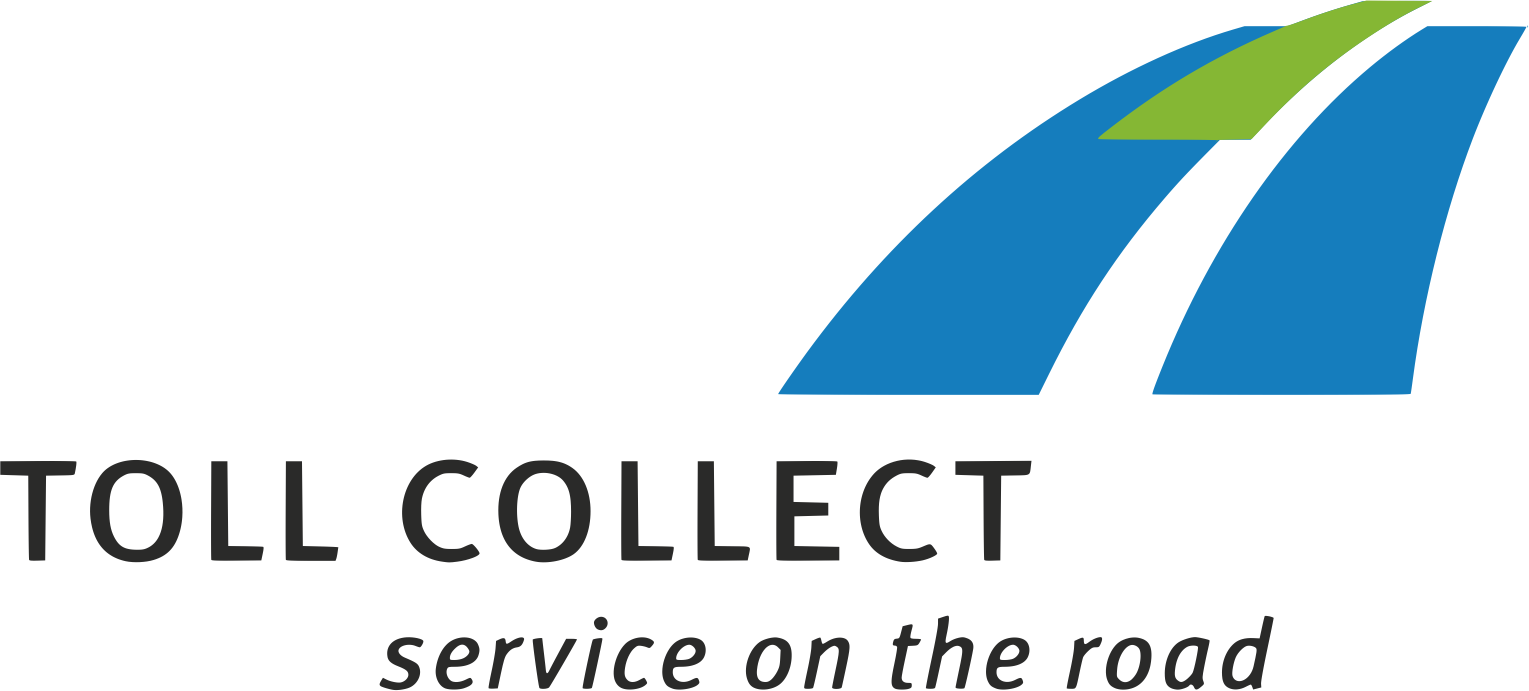The German Federal Office for Goods Transport benefits from a tolling system relying on satellite navigation

The German Federal Office for Goods Transport
The German Federal Office for Goods Transport (Bundesamt für Güterverkehr – BAG) is an independent higher federal authority and an executive agency of the German Federal Ministry of Transport and Digital Infrastructure. It performs numerous functions relating to road haulage and makes a valuable contribution towards enhancing safety on Germany’s roads, in particular by carrying out roadside checks.
The challenge
Historically, German motorways have been financed by a tax levied on car owners’ revenue. As of 1990, the German federal administration wished to reduce truck traffic on Federal motorways by implementing a tax targeting heavy vehicles (>12t). The aim of the initiative was not only to reduce congestion but also to limit the deterioration of roads. The tax would also start charging foreign trucks which previously circulated on federal roads without paying any fees.
On 9 February 1994, Germany, The Netherlands, Belgium, Luxembourg and Denmark signed an agreement to introduce a common charge based on road usage time (the Eurovignette). As of 1999, the Ministry of Transport decided to replace it by a distance-related tolling system and launched a tender call to design, implement and manage it.
The satellite solution
In 2002, the contract to implement the tolling system in Germany was awarded to a consortium including Daimler Chrysler Services AG (now Daimler Financial Services AG), Deutsche Telekom AG and Cofiroute S. A., which created a dedicated society, Toll Collect. The tolling system became operational in January 2005.
Trucks circulating in Federal motorways have been equipped with On-Board Units (OBU), containing truck identification data and a geo-positioning device which records the position and distance covered by the vehicles. The OBUs periodically download satellite time-stamped position, and then records trucks’ movements. Those signals are confirmed thanks to data generated by complementary on-board sensors so that the accuracy stands below 10 metres (which is crucial if toll roads are located close to free ones). The system automatically logs in when the truck takes off. Registered users do not need to communicate in advance their itineraries and are free to change them during their journey. The system automatically calculates the toll fees due by users. Alternative ways of payment are also available, according to chosen subscription terms (direct debit, card payment, etc.).
The results
The satellite-based tolling system entails time-savings (less paperwork to generate tolling bills) and more flexibility for the drivers. The toll network covers today about 12,500 km of highways (plus some federal roads) and includes 2,213 junctions. The system does not require any road-side equipment and enables a free-flow traffic on German motorways and federal roads. In contrast to conventional tolling systems, there is no need for vehicle speed restrictions, stops or special toll lanes
During the first two years of implementation (2005/2006) only, the satellite-based tolling system generated revenues for €5,943 billion, which reached €35 billion in 2014. System operating costs are currently equivalent to around 10 % of revenues.
About 158,000 transport and logistics companies from 41 countries and nearly 1 million vehicles are registered with Toll Collect. The revenues of the system are used to maintain the motorway network and to provide increasingly satisfying services to motorway users.

